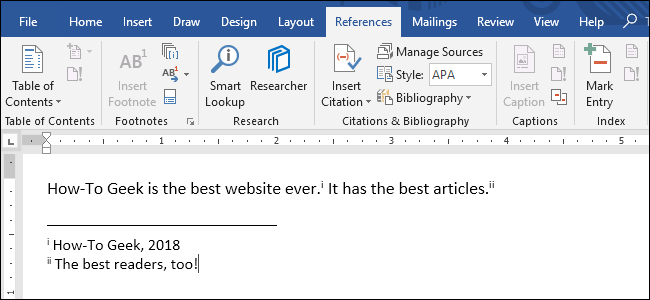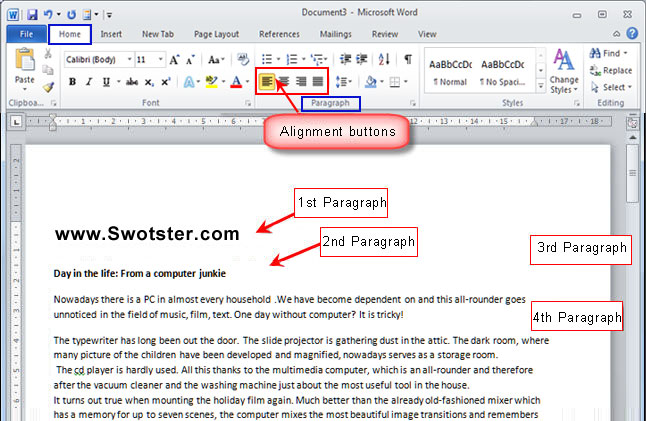

The image provided here that we are using guides to make sure that these This way we can outdent the footnote numbers. Inside the text box by an amount that we then remove from the left Text box, so we need to plan for this by indenting all of the text InDesign does not provide the means to set footnotes outside the The text and the number figures are offset from this text box. ‘outdent’ these listed figures so that the footnotes are are aligned to You will often see this in theīooks on your shelves, however, a more attractive arrangement is to We can (optionally), use a character style for the reference figure inĪs you can see from the first example spread the footnote list figure isĪligned to the left edge of the text box. Paragraph style set up for the display of the footnotes themselves and Set the way the references are displayed in the text (superscript etc),Īnd how the footnotes appear at the bottom of the page. Own configuration panel seen in the image alongside here. Import the footnotes from Microsoft Word. InDesign will help us build footnotes and the software will even Sidenotes do not necessarily need superscript numbers within the text (and they themselves do not need to be numbered), if it is obvious what the sidenote refers to. Sidenotes fall outside the text block unlike footnotes that will be inside the text block. Unless this is a large-format book, the measure of the notes (width of the text), is likely to be narrow, so don’t design for this option if the notes are long or there are lots of them and, the book is small. Ridiculous as this seems, we have seen books with footnotes that take more page space than the main text itself! Sidenotes (sometimes called Margin Notes)Ĭlearly the page layout needs to provide the space in the margins for this to be an option.

Where there are lots of references in the text, this must be the best approach. The advantage of endnotes over footnotes is that the page composition in the vertical plane is not compromised for the sake of the note space. This usually means that the endnotes will be organised by chapter or section. This approach means that the reader will need to ‘hunt down’ the note referred to in the text. Notes are often placed at the end of the chapter or even at the end of the book (before the index). Where footnotes are long, they can be split across more than one page, although this will compromise the usability somewhat. The listed footnotes will look best when separated from the main body with a partial line giving the reader a strong clue that these notes are not following on from the text above. If there are very few references in the text, symbols can be used instead of numbers (* or †, ‡, §, ‖,¶). Most publishers will favour the numbers to begin again for each chapter, otherwise the numbers could get unwieldy (superscript numbers of more than two digits could look ugly).

These numbers refer to the superscript number within the text itself. Technical reasons) the numbers are most often aligned to the main text block. The idea of any notes is that it is supplementary information and it is entirely optional that the reader even bothers to look, so setting in a style that does not distract from the flow of the readingįootnotes are best numbered with an outdented figure, although (for These need to be separated from the main body of the text, and are best set with a smaller size and possibly event a different typeface and colour. How I dislike some books that give me less than a centimetre of margin. Robert Bringhurst’s book is exceptional and it is a beautiful thing.

Let’s face it, book design and usability does not often win-out over commercial considerations. Putting notes in the side margins is nice if you can afford the space. Still, tradition dictates that in some books, there are footnotes and some there are endnotes (either at the end of the chapter or the end of the book). Robert Bringhurst doesn’t need to bother with those little superscript numbers because the supplementary information is very much nearby for the reader. In The Elements of Typographic Style, the notes are held in the side margins thus putting the information near and even alongside the reference in the text. If the notes are permitted to move around in the margins as they were in Renaissance books they can be present where needed and at the same time enrich the life of the page. …the academic habit of relegating notes to the foot of the page or the end of the book is a mirror of Victorian social and domestic practice, in which the kitchen was kept out of sight and the servants were kept below stairs. I start with a quote from Robert Bringhurst in his The Elements of Typographic Style 1 Sidenotes (sometimes called Margin Notes)įootnotes, Endnotes, Sidenotes and Popup Notes.


 0 kommentar(er)
0 kommentar(er)
